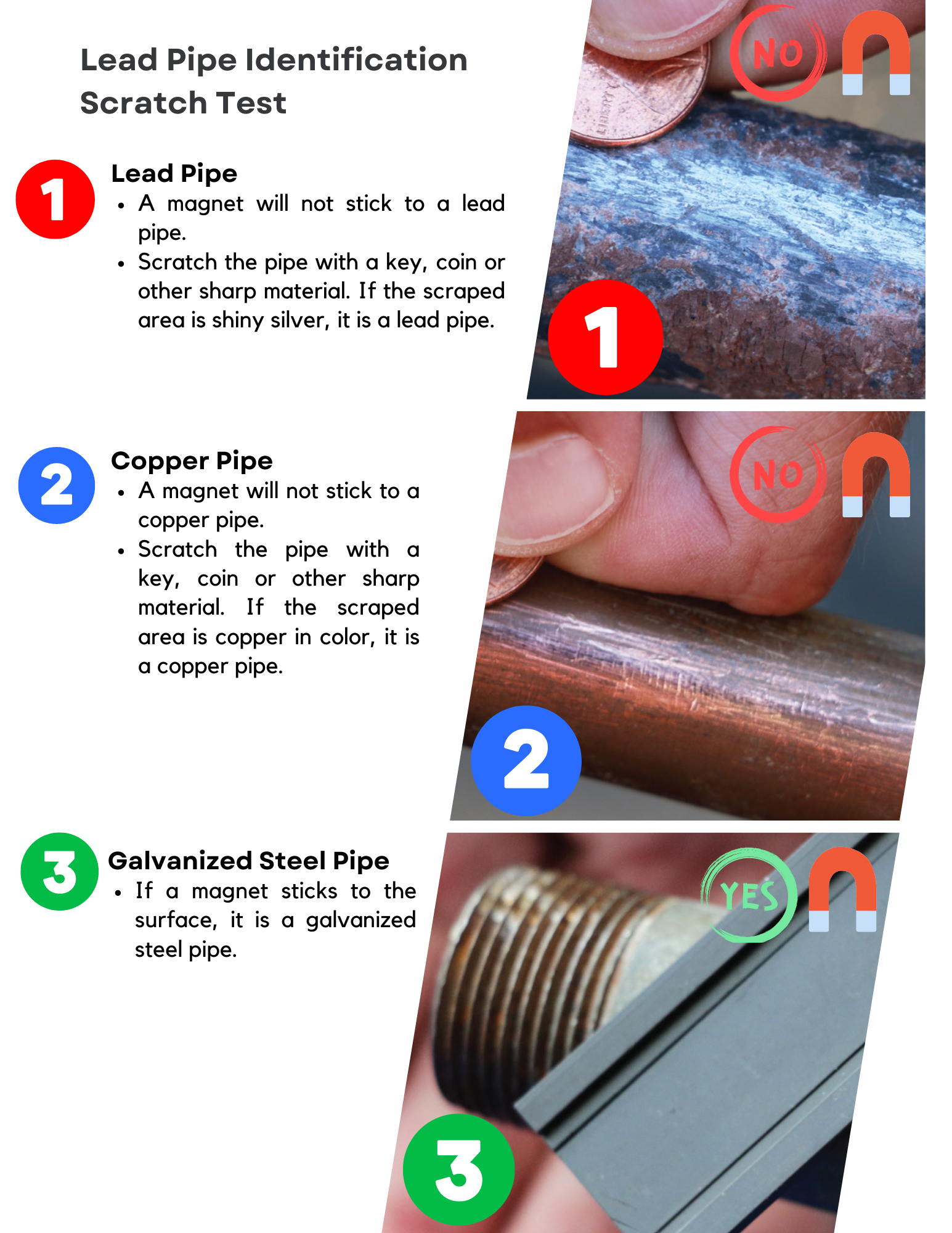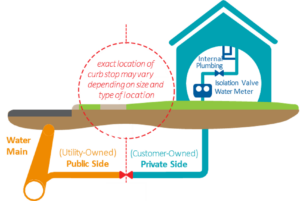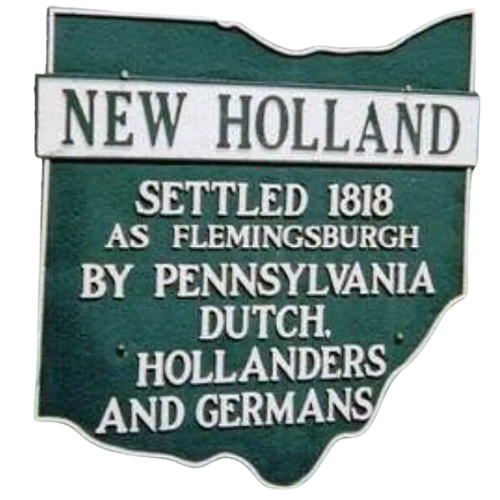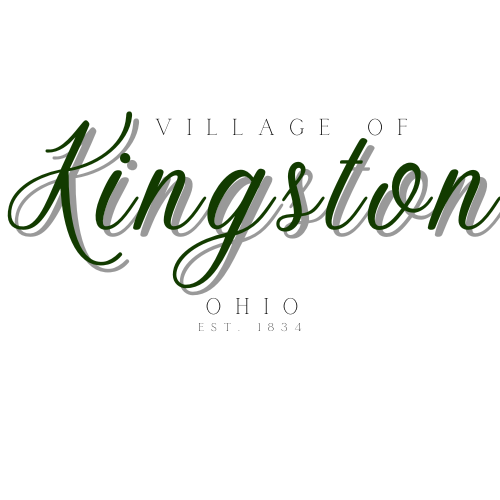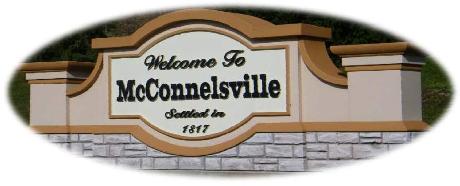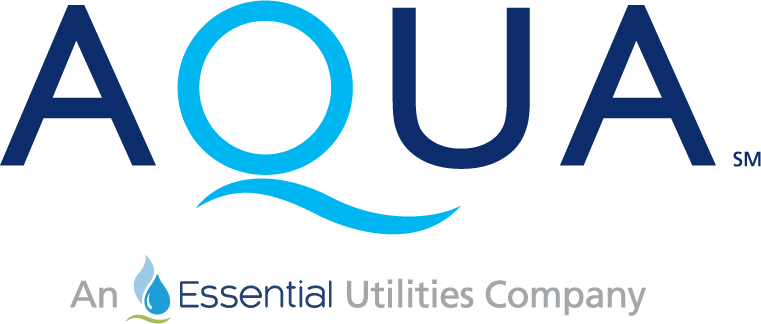Frequently Asked Questions
Welcome to the Frequently Asked Questions (FAQ) page for the Lead Service Line Inspection Project. This resource provides detailed information about the inspection process, guidelines for identifying your service line material, and the measures we are taking to comply with federal regulations. Whether you are conducting a self-inspection or arranging for a professional assessment, this page is designed to address your questions and ensure a smooth process. Should you require further clarification, please do not hesitate to contact our team for additional support.
Instructions for Lead Pipe Identification

